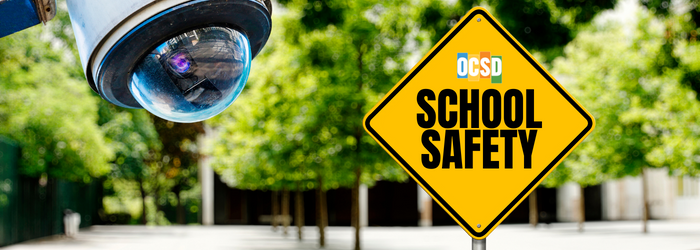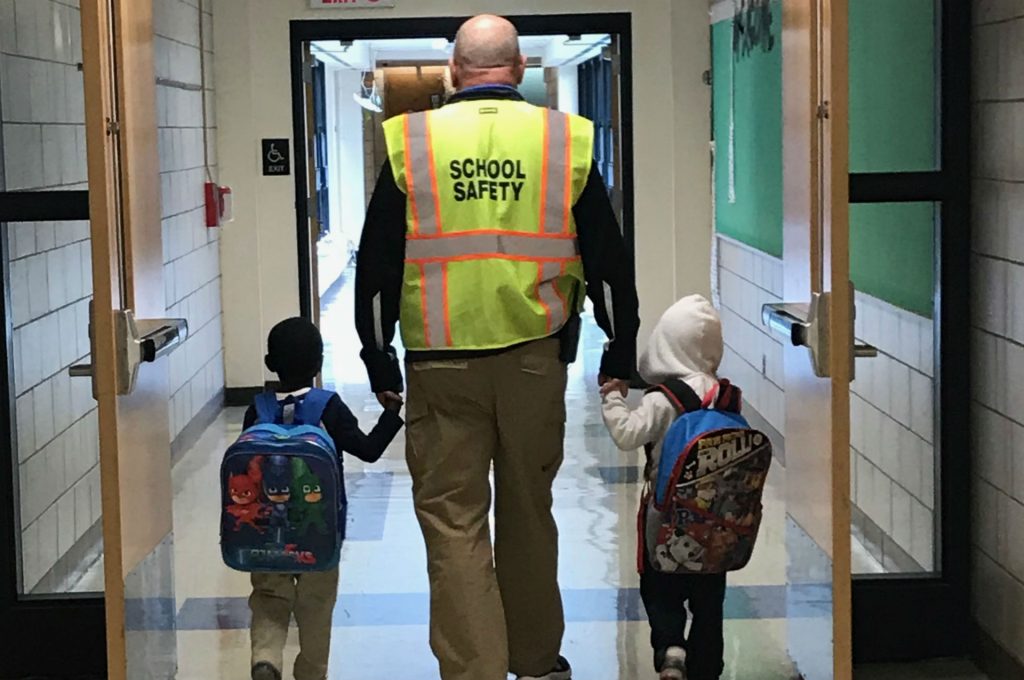Schools should be places where children feel physically and emotionally secure, allowing them to focus on learning without fear. With increasing concerns about bullying, violence, natural disasters, and digital threats, school safety has become a top priority for educators, parents, and policymakers.
In this article, we will explore the importance of school safety, key strategies to create a secure environment, and best practices for fostering a culture of support and well-being in schools.
Why School Safety is Important

A safe school environment contributes to better academic performance, emotional well-being, and positive social interactions. When students feel secure, they are more likely to:
- Attend school regularly without fear of bullying or violence.
- Focus on learning rather than worrying about safety concerns.
- Develop healthy relationships with peers and teachers.
- Report unsafe situations and seek help when needed.
School safety extends beyond physical security—it also includes emotional support, mental health resources, and policies to prevent bullying and harassment.
Key Components of School Safety
A. Physical Safety Measures
Ensuring a secure school environment involves proper infrastructure, security protocols, and emergency preparedness.
Controlled Access to School Buildings
- Schools should have gated entrances, visitor check-in procedures, and ID verification.
- Security personnel and surveillance cameras can enhance safety.
Emergency Drills and Preparedness
- Schools should conduct regular fire drills, lockdown drills, and earthquake preparedness training.
- Students and staff must know how to respond in emergencies.
Safe Classroom and Campus Design
- Classrooms should have clear exit routes in case of emergencies.
- Well-lit hallways, secure fencing, and designated emergency assembly points improve safety.
B. Bullying Prevention and Peer Safety
Bullying is a major concern that affects students’ mental health and academic performance. Schools must actively prevent, identify, and address bullying in all forms (physical, verbal, cyberbullying).
Implement Anti-Bullying Programs
- Schools should establish strict policies against bullying and ensure that students understand them.
- Programs like peer mediation and mentorship can help prevent conflicts.
Encourage Open Communication
- Teachers should create a safe space for students to report bullying without fear of retaliation.
- Schools can implement anonymous reporting systems for students to seek help.
Teach Digital Citizenship
- Cyberbullying is a growing problem—students should be educated on responsible internet use, privacy, and online safety.
- Schools can use internet monitoring software to prevent harmful online behavior.
C. Mental Health and Emotional Support
A secure school environment goes beyond physical safety—it must also address students’ emotional well-being.
Access to Counselors and Support Staff
- Schools should provide mental health counseling services for students experiencing stress, anxiety, or trauma.
- Staff should be trained to recognize warning signs of depression, bullying, or abuse.
Promote Social-Emotional Learning (SEL)
- Teaching students self-awareness, empathy, and conflict resolution improves emotional well-being.
- Activities like mindfulness, peer discussions, and SEL lessons foster a supportive school culture.
Create a Culture of Inclusion
- Schools should celebrate diversity and encourage acceptance of different backgrounds.
- Programs promoting kindness, respect, and positive reinforcement build a more inclusive school environment.
D. Digital Safety and Cybersecurity
With students spending more time online, schools must prioritize cyber safety and protect students from digital threats.
Educate Students on Online Safety
- Schools should teach students about cybersecurity, responsible social media use, and avoiding online scams.
- Parental controls and internet filters can help prevent exposure to inappropriate content.
Prevent Cyberbullying and Online Harassment
- Schools should monitor online interactions and enforce anti-cyberbullying policies.
- Students should know how to block and report harmful behavior online.
Secure Student Data and Privacy
- Schools should implement strong cybersecurity measures to protect students’ personal data.
- Teachers and students must be aware of phishing scams, password security, and digital footprints.
The Role of Teachers, Parents, and Students in School Safety
A. Teachers and School Staff
Educators play a key role in maintaining a safe learning environment. They should:
- Establish clear classroom rules for behavior and respect.
- Encourage open communication with students about concerns.
- Recognize warning signs of bullying, abuse, or mental health struggles.
- Work closely with parents and counselors to provide support when needed.
B. Parents and Guardians
Parents should be actively involved in their child’s school life to promote safety. They can:
- Stay informed about school policies and emergency procedures.
- Monitor their child’s online activity and friendships.
- Encourage their child to speak up about any concerns at school.
- Support school safety programs by participating in PTA meetings and workshops.
C. Students
Students also play a role in creating a safe and supportive school environment. They should:
- Be kind and respectful to peers and report any bullying incidents.
- Follow school safety rules and emergency procedures.
- Speak up if they feel unsafe or see someone in distress.
- Use the internet responsibly and report cyberbullying.
Best Practices for Schools to Improve Safety
Develop a Comprehensive School Safety Plan
- Schools should create, test, and update safety protocols for natural disasters, lockdowns, and other emergencies.
Train Staff and Students on Safety Procedures
- Conduct workshops, safety drills, and teacher training programs on handling emergencies and student mental health.
Foster Strong Community Partnerships
- Schools can collaborate with local law enforcement, mental health professionals, and parent organizations to enhance security.
Encourage Student Involvement
- Student-led safety initiatives (e.g., peer counseling, anti-bullying clubs, safety patrols) can empower students to take responsibility for their school environment.
Regularly Review and Update Policies
- School safety policies should be reviewed annually to reflect the latest security threats, technology advancements, and mental health needs.
The Future of School Safety
As society evolves, school safety strategies must adapt to new challenges and technologies. Future trends in school safety include:
Artificial Intelligence (AI) in School Security
- AI-powered surveillance cameras and facial recognition systems can detect suspicious behavior.
Mental Health-Focused Education
- More schools are integrating SEL programs and mental health curriculum to support student well-being.
Cybersecurity and Digital Learning Safety
- With the rise of remote learning, schools are investing in stronger cybersecurity protections and digital literacy programs knowledge.
Conclusion
Creating a secure and supportive school environment is a shared responsibility that requires the involvement of educators, parents, students, and policymakers. By implementing physical security measures, bullying prevention strategies, mental health resources, and digital safety initiatives, schools can ensure that students feel safe, respected, and ready to learn.
A safe school is a thriving school—when students feel protected and supported, they can focus on their education, build positive relationships, and grow into confident, capable individuals. By prioritizing school safety today, we are investing in a brighter and safer future for the next generation. 🎓🔒📚

